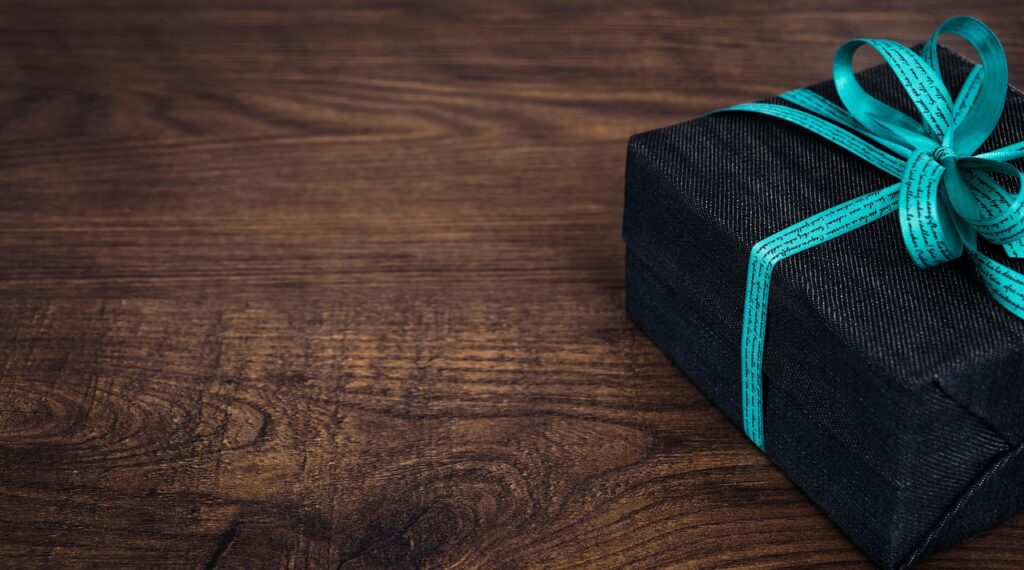iTENS recently sent me one its wireless TENS units to test out. TENS is an acronym for Transcutaneous Electrical Nerve Stimulation. I’ve had chronic lower back pain for years, so I should be a perfect guinea pig to test out the iTENS.
First, let’s talk about what a TENS unit is. TENS units seem to be all the rage these days. Shaquille O’Neal is out there pitching Icy Hot TENS Therapy, and Aleve also offers an over-the-counter TENS unit. It is a form of pain management or pain relief that works by using electricity to disrupt the pain signal from reaching your brain.
The iTENS website explains, “TENS works by sending tiny electrical signals to the body’s nerve or muscle fibers through the skin to the nerves. This suppresses pain by blocking the pain signals before they reach the brain. TENS sends these gentle impulses through the wireless electrodes attached to the body at strategic pain sites on the body. Because there are many different kinds of pain, and each individual is unique, pain relief varies from person to person. Some users experience pain relief only while the TENS unit is turned on. For others, relief continues for a length of time even after the unit is turned off.”
Up until a year or so ago, my only knowledge of TENS units was related to child birth. While many doctors and mothers choose the “nuclear” option of an epidural, a TENS unit is often used to block or manage the pain of contractions in early labor so the mother can reserve her energy for the actual delivery.
I actually own a different over-the-counter TENS unit as well. A couple weeks before iTENS sent me this review unit, my wife had bought me a compact TENS unit to help manage my back pain. That one has two sets of leads that can be managed separately, but only a handful of modes or patterns, and you end up tangled in a spaghetti of wires.
There are two things that set the iTENS apart and make it a better choice for pain management. It is wireless, and it has a wide variety of modes and options that can be controlled from an iOS or Android mobile device.
The iTENS looks like a large flat dragonfly. The wings are the electrical pads and have a replaceable sticky backing to attach to your body. The central part contains a small circular disc that connects to your mobile device and provides the power for the TENS therapy. It is rechargeable and pops off to sit on the charging base when necessary. iTENS claims the device will work for up to 24 hours on a single charge, and states that the replaceable gel pads are each good for 10-12 applications.
The mobile app for iTENS is impressive. You can choose from a wide variety of pre-programmed therapies by body part—like shoulder or lower back—or condition—like sciatica or muscle spasm relief. You can also manually create your own custom patterns and save them, and you can assign favorites for quick access to the modes and programs you use most often.
The app tracks your current and cumulative usage time, and you can monitor your results. With the “Track Your Results” option enabled, the app asks you to select a level of pain on a scale from 1 to 10 before you begin, and then again when the program is complete.
Your mileage may vary. In my experience, most of the pain relief occurs while the unit is operational—with some lingering impact that reduces the overall pain. My wife, on the other hand, experiences virtually opposite results. She claims to get little relief while actually using the TENS unit, but achieves residual results that last longer.
There are two small issues with the iTENS. First, you are limited in pad placement because of the winged design. It is offered in both a small and large wing model, but compared with the lengthy lead wires on my other TENS unit that allow me to place the pads virtually anywhere, the iTENS pads will always be as far apart as they are and there’s nothing you can do about that.
The other issue is price. You can get a wired TENS unit from Amazon for under $30, or one of the over-the-counter TENS devices from Walgreens for less than $50. The iTENS is $99.99. In my opinion, it’s worth every penny. The compact design allows you to wear and use it even under your clothes, and the mobile app and the fact that it’s wireless make it much more versatile.




Thanks u v much !,A GREAT article ! Precise,professional & easily understood . Pls keep doing wat u do& help make dis 🗺 a better place 2live. God bless u, ur wife& extended family !! 😀😇💕 PS I’m in d throws of inventing a device 4d spine. Once it’s complete Mayb u cud trial it ? Cheers Charles T
We would be happy to test and review your product. Feel free to reach out when you have a sample you can share with us.